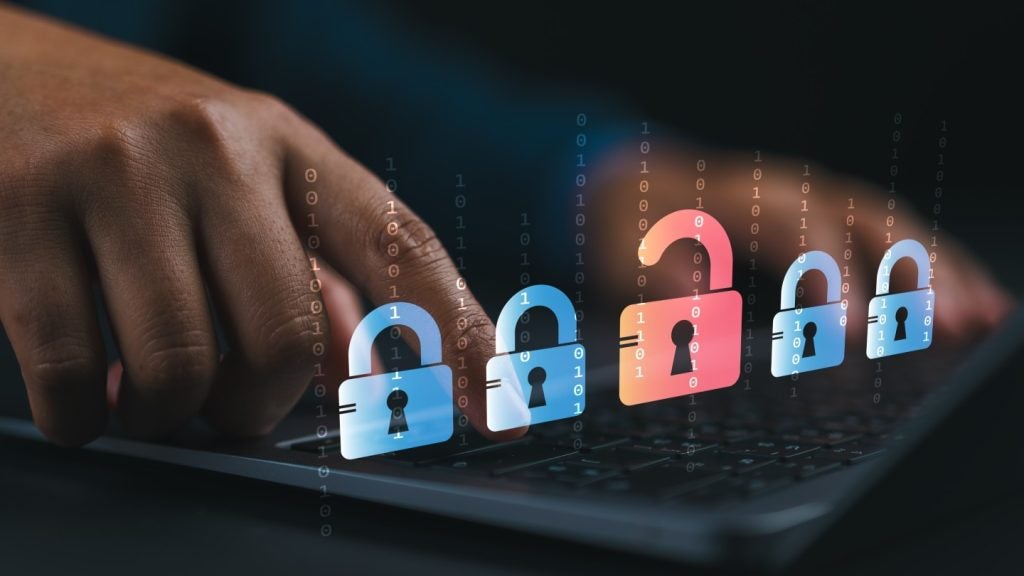
Non-fungible tokens (NFTs) are seemingly on everyone’s lips these days. You are encouraged to have an opinion about them no matter if you believe they are nothing more than a plaything of the ultra-rich or present meaningful use cases to industries like events, retail and hospitality.
The first known NFT was created back in 2014, but the market did not explode until 2021 when $17.6bn worth was sold. This was 21,000 times higher than 2020’s $82m total. Despite becoming a more mainstream concept, NFTs are far from being universally understood – or welcomed.
So, what is an NFT?
An NFT is a unit of data stored on a blockchain. The NFT is used to represent ownership of a digital asset such as an image, audio, tweet, meme or video. The important thing to remember is that NFTs themselves are not the digital assets, but are instead a certificate of ownership of the asset. If you think of them as a smart contract, you’re basically there.
The ‘non-fungible’ bit means that it is unique or non-interchangeable, and it is from this uniqueness that NFTs get a lot of their value. You cannot divide it into smaller parts like you can do with bitcoin. Cryptocurrencies are fungible digital asset.
What’s the NFT hype about?
There is a great deal of publicity around NFTs, often propagated by crypto bros on social media. Celebrities and influencers publicize their latest NFT purchases and spur on the hype around particular NFT collections, in turn raising the NFT’s value and, in a self-perpetuating cycle, generating further NFT hype. Twitter even allows users to set NFTs as their profile icon. Meta recently announced that Instagram was set to host NFTs on its platform, too.
How can businesses use NFTs?
Though NFTs can be considered a form of social currency, they have other potential use cases surrounding ownership history and certification. The ownership history of an NFT can be tracked because it is usually stored on a public-facing ledger.
How well do you really know your competitors?
Access the most comprehensive Company Profiles on the market, powered by GlobalData. Save hours of research. Gain competitive edge.

Thank you!
Your download email will arrive shortly
Not ready to buy yet? Download a free sample
We are confident about the unique quality of our Company Profiles. However, we want you to make the most beneficial decision for your business, so we offer a free sample that you can download by submitting the below form
By GlobalDataNFTs can also be transferred from one owner to another, so they could be an ideal medium for event tickets or restaurant reservations. Issuing tickets as NFTs can prevent against counterfeiting. Moreover, smart contracts can be written into the NFT to take advantage of the traceable ownership history. Automated royalty payments can be set up for original sellers and creators allowing them to profit from future resales.
However, event tickets aren’t the first thing to come to mind when someone says “NFT.” Though NFT tickets are already being sold, this use case is embryonic and not yet widespread. More evident is the use of NFTs to build social ecosystems to maintain engagement with a brand. Since NFT developers are in control of the scarcity of their NFTs, they can limit numbers for a higher level of exclusivity.
Brands, particularly in retail, are selling NFTs in droves, giving owners access to exclusive clubs and benefits. In December 2021, adidas released NFTs that gave owners access to special physical goods and digital experiences. Boohoo launched an NFT collection that gives customers access to an exclusive Boohoo community and benefits including airline vouchers.
Fashion boutique Roksanda debuted an NFT collection at London Fashion Week at the start of 2022. Essentially a collection of NFTs of elaborate designer outfits, it demonstrated the appeal of NFTs for fashion designers. Their creative visions can be unleashed unhindered by physical barriers such as gravity or impracticality.
Clothing NFTs can also be sold to represent ownership of a digital outfit to dress a metaverse avatar. In the virtual world where users share simulated scenarios and interact in real-time, NFTs can also represent other assets that users may want in the metaverse, including cars and furniture.
Are these risky assets regulated?
NFT valuations, just like cryptocurrency valuations, are notoriously volatile. This has earned the assets a bad name.
Regulators are increasingly stepping in to make the nascent market less risky. China is already regulating its secondary NFT market and has made it difficult to trade them. Whereas the value of NFTs in the West is usually in their resale potential, NFTs in China are more often proudly kept by the consumer as a token of brand loyalty.
How governments chose to navigate the crypto landscape can provide clues to NFTs’ fate, as both are digital assets using blockchain technology. Crypto regulation is becoming more mainstream globally – for instance, the UK is looking to become a ‘crypto hub’ and will support this with regulation that mitigates the harms of crypto’s volatility. Singapore is also using regulation to create a safer ecosystem for cryptocurrencies to thrive, and Dubai is regulating crypto firms and granting licenses to allow them to operate.
So, what’s the bottom line on NFTs?
NFTs have garnered a great deal of traction in recent years and though their multiple use cases have not been fully explored yet, their role as a form of social currency has already been making headlines. Brands that can navigate the volatility of this market may be able to use NFTs to engage with the demographic doing the most to propagate the hype – young, rich, and influential consumers.







